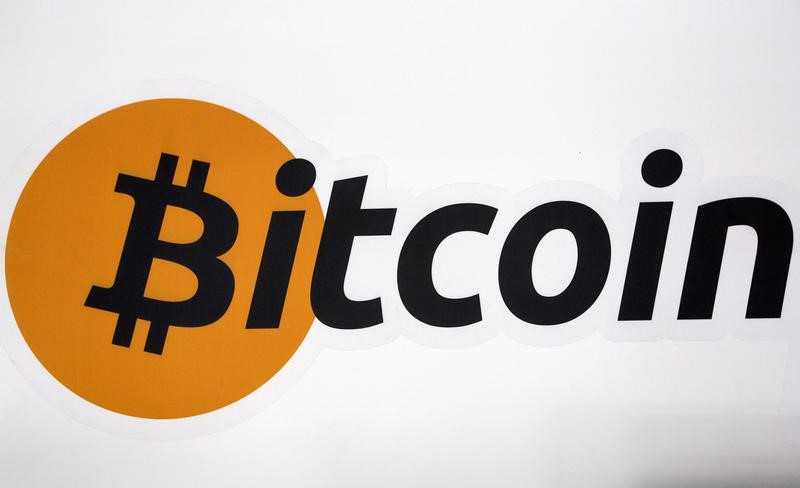Bitcoin has emerged as a resilient investment option amid global economic uncertainty, attracting both institutional and retail investors. With its limited supply, decentralized architecture, and growing adoption across sectors, the digital currency offers a unique hedge against inflation and currency volatility. Recent market trends, technological upgrades, and the increasing integration of Bitcoin into mainstream financial services underscore its potential for long-term value appreciation. While volatility remains an inherent risk, the combination of scarcity, growing investor confidence, and evolving regulatory clarity positions Bitcoin as a strategic asset for diversified portfolios seeking high-growth opportunities in a rapidly digitizing financial landscape.
1. Limited Supply and Scarcity Value
One of Bitcoin’s most compelling investment features is its finite supply. With a maximum of 21 million coins, scarcity underpins its value proposition, creating a natural hedge against inflation. Unlike fiat currencies, which can be printed at will by central banks, Bitcoin’s issuance is predetermined and algorithmically enforced. As demand rises while supply remains fixed, the digital asset’s long-term potential for appreciation increases, mirroring the economic principles of rare commodities like gold. This scarcity narrative has consistently attracted investors seeking assets insulated from traditional market pressures.
2. Growing Institutional Adoption
Institutional interest in Bitcoin has surged, reflecting confidence in its viability as a mainstream investment. Leading financial institutions, hedge funds, and corporations are increasingly integrating Bitcoin into their portfolios, either as a direct investment or through derivatives and exchange-traded products. This trend not only legitimizes the cryptocurrency but also enhances liquidity and market stability. For investors, institutional involvement signals long-term sustainability, providing reassurance amid market volatility. Companies adopting Bitcoin as part of treasury management strategies further reinforce its status as a credible store of value.
3. Hedge Against Economic Uncertainty
Global economic turbulence, characterized by inflationary pressures, currency depreciation, and geopolitical tensions, has amplified Bitcoin’s appeal as a hedge. Its decentralized nature shields it from direct government interference, offering investors an alternative asset class that operates independently of traditional financial systems. Particularly in regions facing currency instability, Bitcoin provides a reliable medium for preserving wealth. Its ability to function as a digital gold substitute has positioned it as a strategic asset during periods of macroeconomic uncertainty, attracting investors seeking to mitigate conventional market risks.
4. Technological Innovation and Market Integration
Bitcoin’s continued technological evolution bolsters its investment case. Upgrades in blockchain efficiency, security protocols, and transaction scalability enhance usability, making the network more resilient and attractive to a broader range of users. Simultaneously, integration into mainstream financial services—such as payment platforms, digital wallets, and investment funds—facilitates broader adoption. As businesses and individuals increasingly transact in Bitcoin, network effects amplify its utility and value, reinforcing confidence in its long-term prospects.
5. Considerations and Risk Management
While Bitcoin offers substantial growth potential, volatility remains a defining characteristic. Investors should approach the market with careful risk management, balancing exposure with diversified holdings. Regulatory developments, technological challenges, and market sentiment can influence price dynamics, making strategic entry points and informed decision-making essential. Long-term investors often focus on holding Bitcoin as a digital asset for portfolio diversification, emphasizing the importance of disciplined investment strategies in navigating short-term fluctuations.
Conclusion:
Bitcoin continues to stand out as a strategically valuable asset in 2025, combining scarcity, institutional credibility, macroeconomic hedging, and technological innovation. While price swings are inevitable, its integration into global financial systems and growing acceptance reinforce its role as a forward-looking investment. For investors aiming to diversify portfolios and participate in the evolving digital economy, Bitcoin represents a unique convergence of risk, opportunity, and transformative potential.
